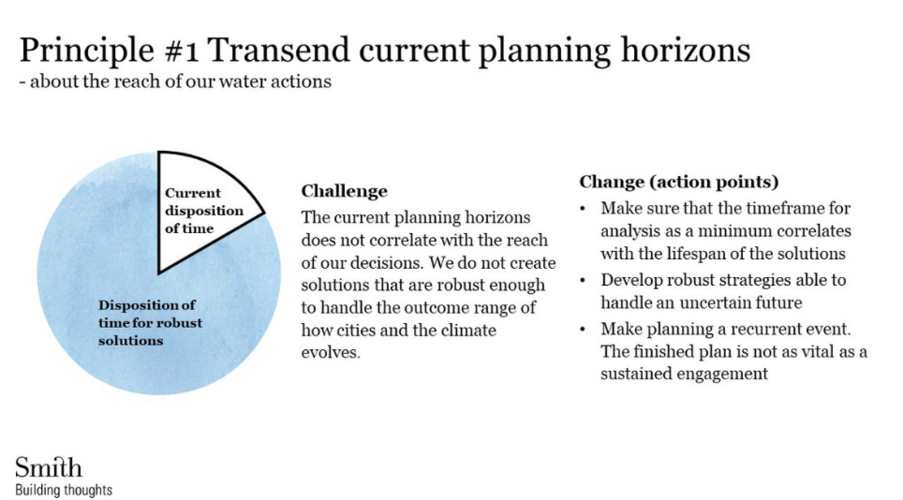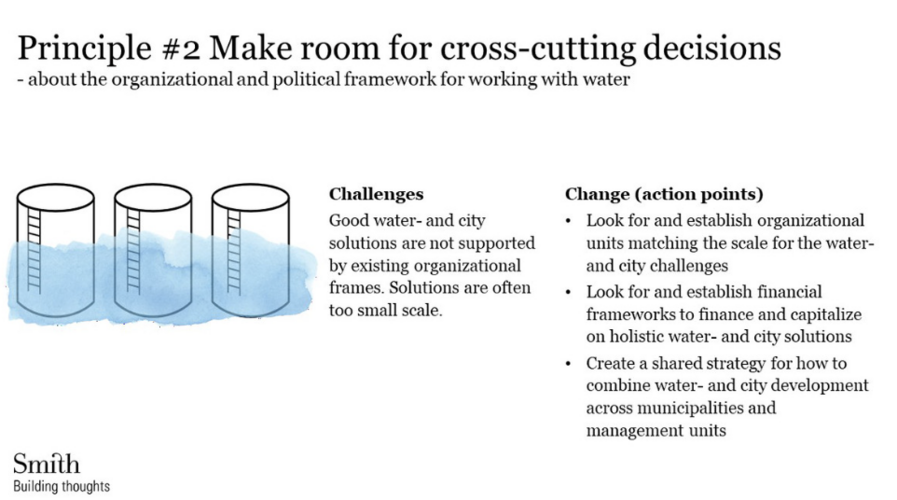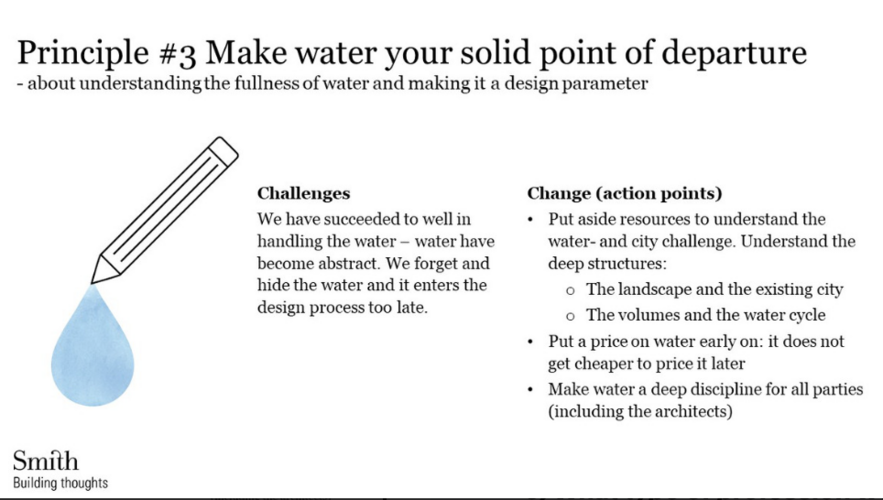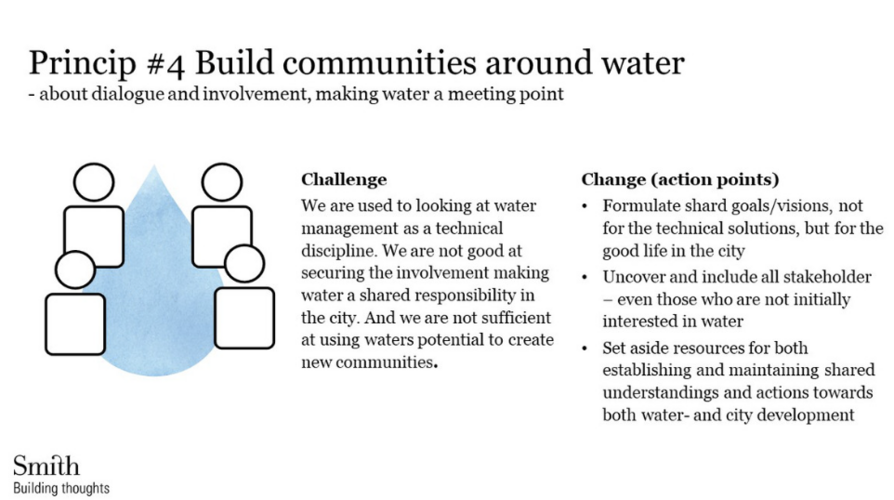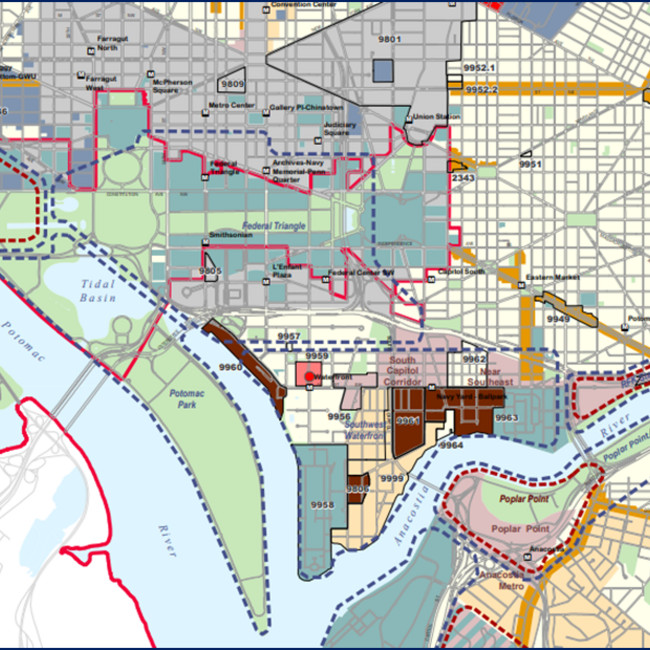
Watercities Blogpost 2/5
The second blogpost is written by Phetmano Phannavong, Senior Project Manager at Atkins North America.
1) Give your perspective on building resilience in cities and managing the challenge of getting the different stakeholders to work together
Building resilience in cities requires multidisciplinary stakeholders to drive change and promote innovations. When we talk about building resilience in cities, resilience could mean different things to stakeholders who are influenced by different drivers, namely economic, environmental, and social. Resilience has become a buzzword that mainstreams existing city programs. Many stakeholders understand the general concept of resilience because cities have been involved with resilience conversations in the past decade. A challenge in resilience conversations, however, is to get buy-in from stakeholders who have narrowly defined roles and responsibilities that do not necessary fit in a broad resilience meaning. When many stakeholders don’t foresee their impact on building their city resilience, not only will they not participate in the conversation, but they will see the resilience effort that is hindering their day-to-day responsibilities.
To manage the challenge of getting the different stakeholders to work together, I would like to share three ideas that I have applied and refined them overtime:
- Understand Stakeholders’ Objectives.Stakeholders can have an impact on the outcome of building resilience in a positive or negative way; therefore, stakeholder engagement should purposely start early on and continue throughout the process. Once stakeholders are identified, understanding their organizational mission and personal interest or motivation is key. The engagement approach to each stakeholder should be deliberated and adjusted based on our understanding and their ability to influence the outcome.
- Find Early Adopters among Stakeholders. Different stakeholders adapt to change differently. Early adopters are those who are willing to take a risk if basic questions are answered. Figuring out who are among stakeholders the early adopters will help us invest our initial energy. Once the early adopters move, the rest will eventually move in behind them – The Primes by Chris McGoff, 2012.
- Maintain Engagement through knowledge Sharing and Piloting Projects.Building resilience is an ongoing process. Stakeholders should have a forum to exchange knowledge and build coalition to gain support from their leadership team. Developing and delivering small but achievable pilot projects will help strengthen partnerships and engagement, as well as generate new ideas and solutions.
2) From the perspective of your profession what are the biggest challenges of planning the green, grey, and blue cities of tomorrow?
Implementing green, grey, and blue infrastructure is fragmented within different components of cities where gaps in roles and responsibilities exist. There are no unified framework and commonly quantifiable measures of the outcomes of those green, grey, and blue infrastructure projects. If the outcomes are measured, typically social and environmental benefits are not captured. Another challenge is lacking the investment from the private sector.
To address these challenges, the public and private sectors must also work together to come up with unit of measurement based on data analytics and agreed upon. In the US, for example, a total maximum daily load (TMDL) is a regulatory term, which is a unit measurement of water quality that municipalities are obligated to achieve through not only their implementation programs, but regulatory schemes where the private sector is playing a major role. Recent framework that measures both water quality and quantity include city risk scores and resilience indicators. However, stakeholders representing both public and private sectors should be part of the framework.
3) In relation to the previous question which of the following proposed action points for Water Wise Planning do you think are particularly important to work with?
#1. Transend current planning horizons
#2. Make room for crosscutting decisions
#3. Make water a firm reference point
#4. Build communities around water
We must establish an innovative forum that create mutual benefits for government entities, private sector, and non-profit organizations to co-invest in the outcomes of the green, grey, and blue infrastructure projects.
4) What are the good examples of solutions to these challenges?
In Washington, DC there are multiple independent agencies, including DC Water (water utilities) involved in the aspect of flood management planning, design and construction permitting, and emergency responding. Many DC agencies have no jurisdiction over federal land and projects. Many federal agencies are not obligated to consider or solicit input from DC agencies in executing their federal plans and projects. As a result, there are many different standards and guidelines in their actions, including infrastructure design and construction guidelines. Established under the US Army Corps of Engineers (USACE) Silver Jackets program, the DC Silver Jackets team is a model of collaboration in integrated flood risk management in a local level. Since formally established in 2014, more than 30 regional, federal, and DC agencies participate in quarterly meetings and collaborations through interagency projects. The DC Silver Jackets has been able to use available resources within each member agency to address common issues, bridge the gaps between subject matter experts and policy-makers, and seek each member take their own actions to incorporate best practices into agencies’ policies, plans, and projects. https://silverjackets.nfrmp.us/State-Teams/Washington-DC
One of the recent outcomes of stakeholder collaborations in Washington, DC is the updated DC Comprehensive Plan (Comp Plan) with water resilient focus, namely Resilience Focus Areas. DC recently updated the long-term Comp Plan after a multi-year data analysis and stakeholder engagement activities. DC used the best available flood hazard and risk data from many sources, including regulatory flood maps and DC’s sea level rise projections and climate-projected floodplain mapping. As part of the Comp Plan update, DC identified 10 Resilience Focus Areas within 100-year and 500-year floodplains that will be affected by projected precipitations, sea level rise, and heavy precipitation. Resilience Focus Areas are defined as areas where future planning efforts are anticipated to ensure resilience to flooding for new development and infrastructure projects, including capital projects, especially in areas within the 100- and 500-year floodplains. In the Resilience Focus Areas, the implementation of neighborhood-scale, as well as site-specific solutions, design guidelines and policies for a climate adaptive and resilient city are encouraged and expected.
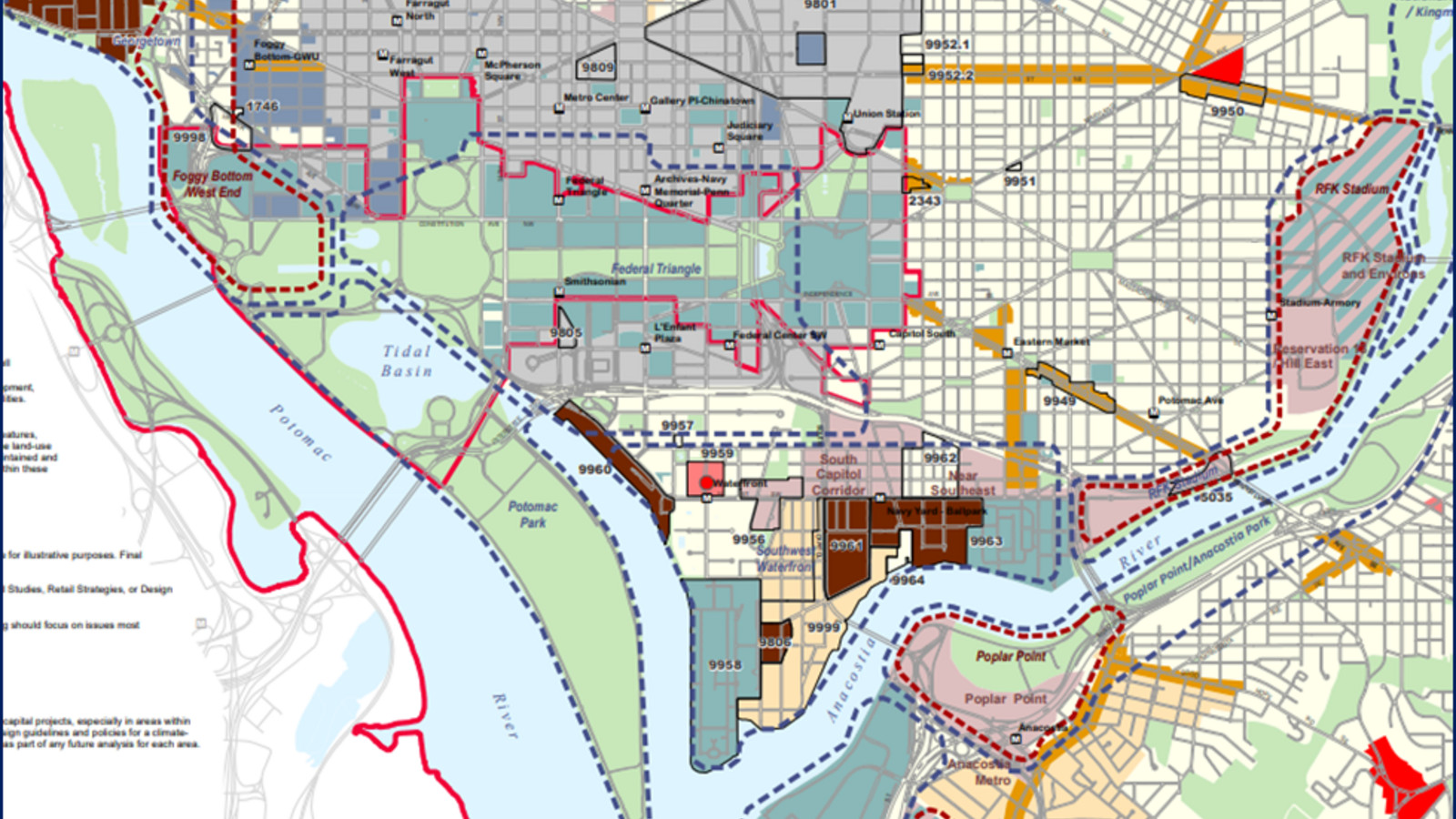
5) For the IWA World Water Congress & Exhibition 2022 a high-level summit will be held. What do you think, are decision makers’ most important task to succeed in what you described so far?
Collaborative Urban Water Management Governance
Many governmental authorities stop short in addressing urban water management holistically. Managing urban water falls not only under flood risk management, but also emergency management, storm water management, public health administration, land-use planning, and many other programs within various local and national governments. There is a need for collaborative urban water management governance in every urban community.
Integrated Urban Flood Modeling as a Decision-Making Tool
As cities have geared up to adapt to climate change, effective and efficient planning and responding to flood events require modeling of all types of flooding, preferably in an integrated model. Without this modeling, cities could inadvertently evacuate a vulnerable population from an area that is expected to experience coastal flooding to an area that is likely to experience inland flooding. Because integrated flood modeling is complicated and costly, the national and local governments should leverage resources including data and funding. In fact, many urban communities including New York City and Washington, DC started to develop their integrated flood modeling that combines riverine (fluvial), coastal, and interior (pluvial) flooding.
Integrated Urban Water Management Through Green, Grey, and Blue Infrastructure
Traditional stormwater management particularly in the US addresses water quality and quantity components separately. This is because they have different federal frameworks and funding mechanisms. Generally, engineers design stormwater management ponds to manage the quantity of stormwater. On the other hand, green infrastructure projects are implemented to meet water quality requirements. In an urban environment where competitions for available space are contentious, city officials are looking for ways to implement infrastructure that can provide co-benefits or serve multiple purposes. Green, grey, and blue infrastructure projects are innovative concepts that are implemented with objectives to meet some or all the above benefits. In a simple concept, engineers can size green infrastructure that provides water storage (the “Blue” aspect) using integrated urban flood modeling for the entire watershed. City of Copenhagen have provided great examples of green, grey, and blue infrastructure.
